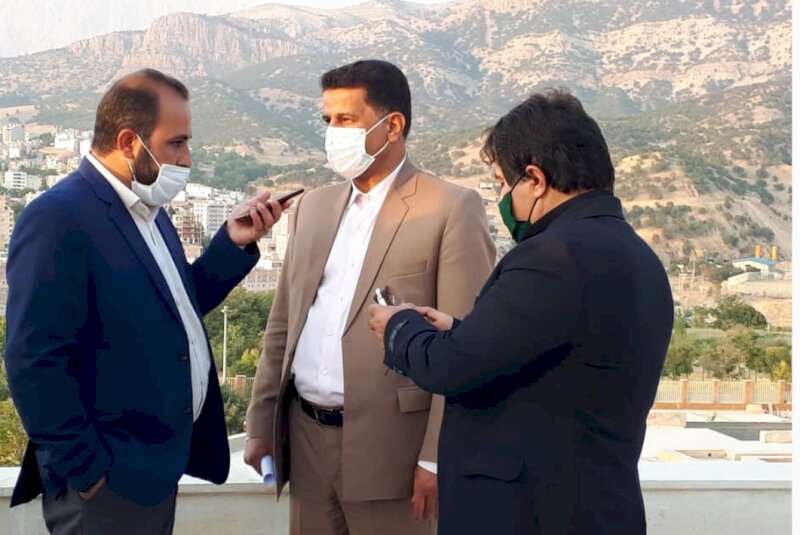Museum of archaeology in Yasuj ready for inauguration

TEHRAN – The construction operation of an archaeology museum has been finished in the ancient city of Yasuj, the capital of Kohgiluyeh and Boyer-Ahmad province.
"The construction project of Yasuj Archaeological Museum has come to an end after 14 years, and the museum is now getting ready to be inaugurated," the provincial tourism chief announced on Sunday.
The construction work commenced in [the Iranian calendar year] 1386 (2007), however, it did not fit into the schedule due to credit limits, Majid Safai explained.
"The museum has been constructed with an infrastructure of 2,750 square meters on a piece of land with an area of 11,000 square meters," the official said.
"3,000 museum objects is set to go display in the main hall of the museum with an area of 600 square meters."
Last year, the official announced that the tourism sector of Kohgiluyeh and Boyer-Ahmad province is prepared to improve quickly after the coronavirus crisis ends.
He also noted that innovative plans and programs and various cultural festivals are being organized to attract tourists and travelers to the alluring destinations of the province.
The lesser-known province is a cradle for nomadic life. Sightseers may live with a nomadic or rural family for a while or enjoy an independent stay and assist them with day-to-day life. It also opens up an opportunity to feel rustic routines, their agriculture, traditions, arts, and culture.
From the Caspian in the northwest to Baluchistan in the southeast, the Iranian Plateau extends for close to 2,000 km. It encompasses the greater part of Iran, Afghanistan, and Pakistan west of the Indus River containing some 3,700,000 square kilometers. Despite being called a “plateau”, it is far from flat but contains several mountain ranges, the highest peak being Damavand in the Alborz mountain range at 5610 m, and the Dasht-e Loot east of Kerman in Central Iran falling below 300 m.
The first well-documented evidence of human habitation in the Iranian plateau is in deposits from several excavated cave and rock-shelter sites, located mainly in the Zagros Mountains of western Iran and dated to Middle Paleolithic or Mousterian times (c. 100,000 BC).
AFM
Leave a Comment